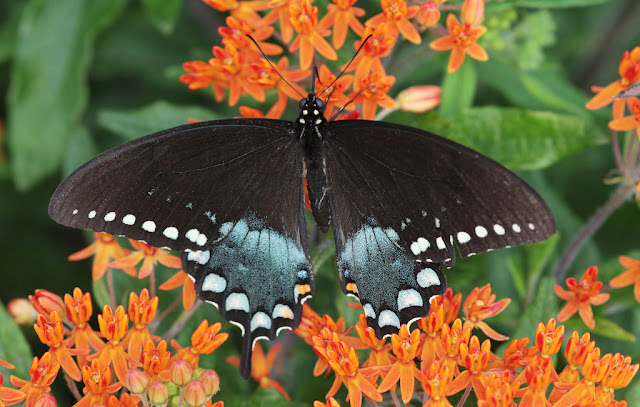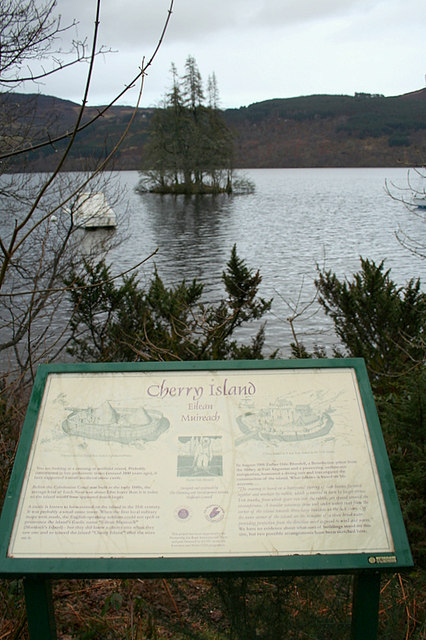Summary: Blue moon month July 2015 ends with a full moon bronzed by Alaskan and west Canadian smokey winds and sparkled with Delta Aquarid shooting stars.
 |
| Delta Aquarid trail (right center) seems to cross the Milky Way in a Waning Crescent Moon's sky, July 31, 2013: Mike Lewinski (ikewinski), CC BY 2.0, via Flickr |
July 2015 provides an aesthetic framework as the year’s blue moon month through the exquisite lunar symmetry of opening and closing with full moons.
July’s opener, the full moon on Wednesday the 1st, beguiled with orange-to-red glowing smudginess occasioned by smoke-riddled winds colored by intense wildfires in Alaska and western Canada. July’s closer reaches fullness Friday, July 31st, at 6:42 a.m. Eastern Daylight Time as viewed over the United States’ national capital, Washington, D.C.
The popular term of blue moon references the occurrence of two full moons within the same month.
The descriptive term, which was presented by University of Oregon Extension professor of astronomy James Hugh Pruett (June 20, 1886–Sept. 25, 1955) in the March 1946 issue of Sky & Telescope magazine, actually misinterpreted the original definition regularly presented in Maine Farmers’ Almanac. Professor Pruett identified a blue moon as the second of two full moons occurring within the same month.
Maine Farmers’ Almanac, however, set the definition within the context of an astronomical season of three months. Usually each astronomical season of winter, spring, summer and autumn only features three full moons. When four full moons occur within a seasonal quarter, the third appearance represents the blue moon.
Earth’s passage through debris spewed by comets when their elongated orbits are closest to the sun provokes meteor showers. The parent body for Delta Aquarid meteor showers has not been determined with certainty, but Comet 96P/Machholz, a short-period comet discovered by amateur astronomer Donald Edward Machholz (born Oct. 7, 1952) on May 12, 1986, currently is suspected.
Meteor showers receive their names from their radiant, the apparent stellar point of origin in the sky. The Delta Aquarids appear to radiate from the constellation Aquarius the Water Carrier. The name of Delta, which honors the constellation’s third brightest star, distinguishes this meteor shower from the Eta Aquarids, which take place annually from late April to mid-May.
The Delta Aquarids take place each year from mid-July to late August. Peak activity occurs at the end of July.
The Delta Aquarids are not among the sky’s brightest meteor showers. Best viewing occurs in the Southern Hemisphere where they appear higher above the southern horizon than in the Northern Hemisphere. A bright lunar phase, such as a full moon, interferes with viewing.
In the wee hours after midnight Thursday, July 30, on the fourth and final of its end-of-the-month appearances, the waxing gibbous moon glowed goldenly with about 95 percent surface visibility. Despite the brightness, with hints of turning night into day, a few Delta Aquarid escapees caught my attention.
If the clear forecast for Friday holds, July 31st’s full moon promises to gift Earthlings with brilliant, golden moonlight.
 |
| 95+% illumination of waxing gibbous moon on July 29, 2015, hints at brightness of July 2015's closing full moon: Kaarina Dillabough, CC BY SA 2.0, via Flickr |
Acknowledgment
My special thanks to talented artists and photographers/concerned organizations who make their fine images available on the internet.
Image credits:
Image credits:
Delta Aquarid trail (right center) seems to cross the Milky Way in a Waning Crescent Moon's sky, July 31, 2013: Mike Lewinski (ikewinski), CC BY 2.0, via Flickr @ https://www.flickr.com/photos/ikewinski/9411469709/
95+% illumination of waxing gibbous moon on July 29, 2015, hints at brightness of July 2015's closing full moon: Kaarina Dillabough, CC BY SA 2.0, via Flickr @ https://www.flickr.com/photos/100497095@N02/20147946731/
For further information:
For further information:
Deburro, Joe. “Blue Moon 2015: How often is ‘once in a blue moon’?” Mass Live > News > Science and Nature. July 30, 2015.
Available @ http://www.masslive.com/news/index.ssf/2015/07/blue_moon_2015_when_to_see_thi.html
Available @ http://www.masslive.com/news/index.ssf/2015/07/blue_moon_2015_when_to_see_thi.html
“Delta Aquarids.” NASA Solar System Exploration > Planets.
Available @ http://solarsystem.nasa.gov/planets/southern_delta_aquarids.cfm
Available @ http://solarsystem.nasa.gov/planets/southern_delta_aquarids.cfm
Kronk, Gary W. Meteor Showers: An Annotated Catalogue. The Patrick Moore Practical Astronomy Series. 2nd ed. New York: Springer Science + Business Media, 2014.
Marriner, Derdriu. "Blue Moon Month July 2015 Opens With Full Moon Red From Wildfire Smoke." Earth and Space News. Monday, July 6, 2015.
Available @ https://earth-and-space-news.blogspot.com/2015/07/blue-moon-month-july-2015-opens-with.html
Available @ https://earth-and-space-news.blogspot.com/2015/07/blue-moon-month-july-2015-opens-with.html
McClure, Bruce, and Deborah Byrd. “Everything You Need to Know: Delta Aquarid Meteor Shower.” EarthSky > Tonight > Astronomy Essentials. July 24, 2015.
Available @ http://earthsky.org/astronomy-essentials/everything-you-need-to-know-delta-aquarid-meteor-shower
Available @ http://earthsky.org/astronomy-essentials/everything-you-need-to-know-delta-aquarid-meteor-shower













